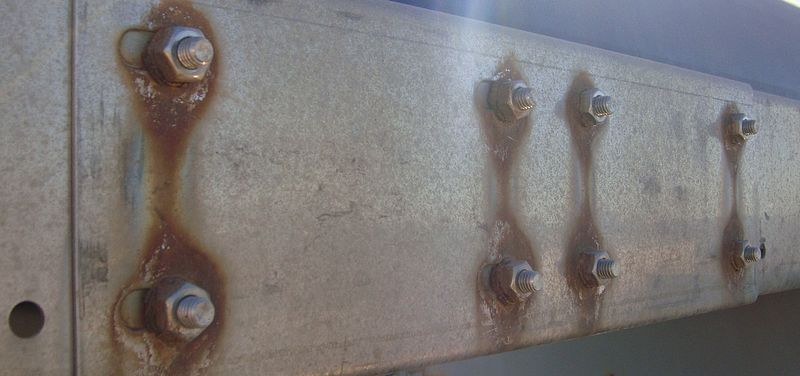

In an effort to quantify this comparison, tests were conducted in an aqueous chloride solution using the same material and test techniques as had previously been employed in a gaseous hydrogen environment. Based on previous studies, the two forms of embrittlement are shown to be similar at low hydrogen pressures (100 N/sqm) but dissimilar at higher hydrogen pressures. The physical characteristics of stress corrosion cracking of titanium in an aqueous chloride environment are compared with those of embrittlement of titanium by a gaseous hydrogen environment in an effort to help contribute to the understanding of the possible role of hydrogen in the complex stress corrosion cracking process. PMID:28788276Īqueous chloride stress corrosion cracking of titanium: A comparison with environmental hydrogen embrittlement This behaviour is explained on the basis of the passivation and pitting characteristics of 316L steel in chloride solution. The susceptibility was also found to increase with nitrite concentration. Addition of nitrite to the chloride solution, which is reported to have inhibitive influence on corrosion of stainless steels, was found to increase SCC susceptibility. % MgCl2 solution established SCC susceptibility, as evidenced by post-SSRT fractography. Slow strain rate testing (SSRT) in 30 wt.

This article describes the susceptibility of 316L stainless steel to stress corrosion cracking (SCC) in a nitrite-containing chloride solution. Stress Corrosion Cracking of an Austenitic Stainless Steel in Nitrite-Containing Chloride Solutions The results of these tests strongly support models based on hydrogen as the embrittling species in an aqueous chloride environment. Based on previous studies, the two forms of embrittlement are shown to be similar at low hydrogen pressures (100 N/sq m) but dissimilar at higher hydrogen pressures. Aqueous chloride stress corrosion cracking of titanium - A comparison with environmental hydrogen embrittlement


 0 kommentar(er)
0 kommentar(er)
